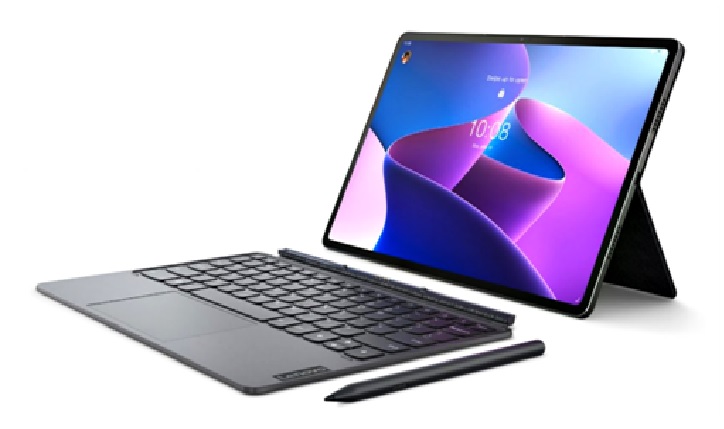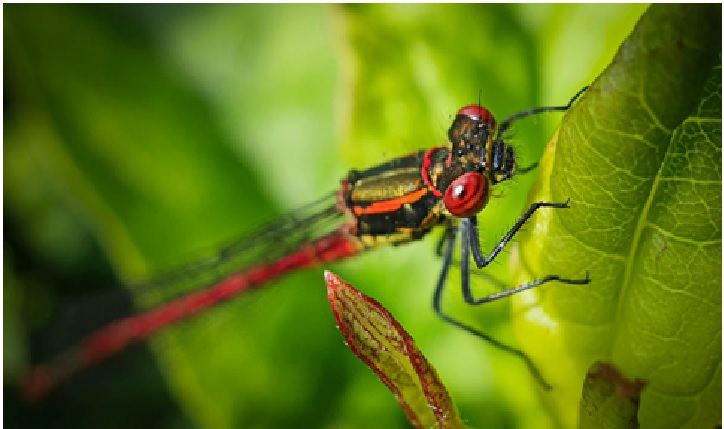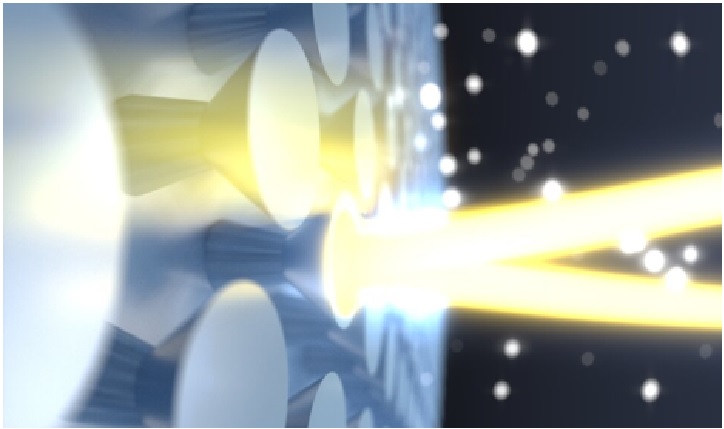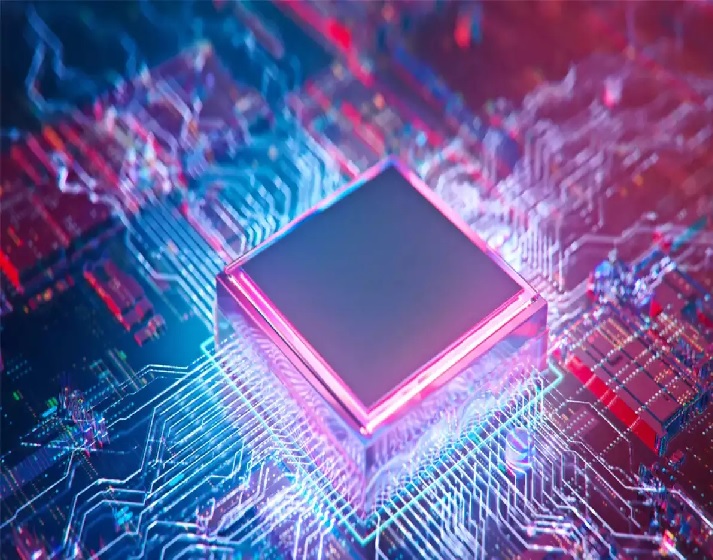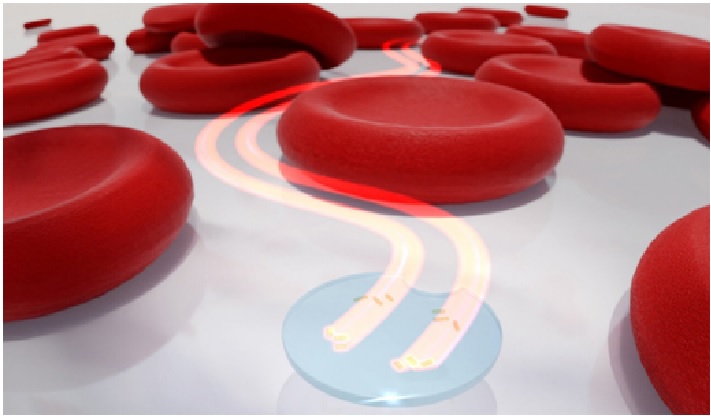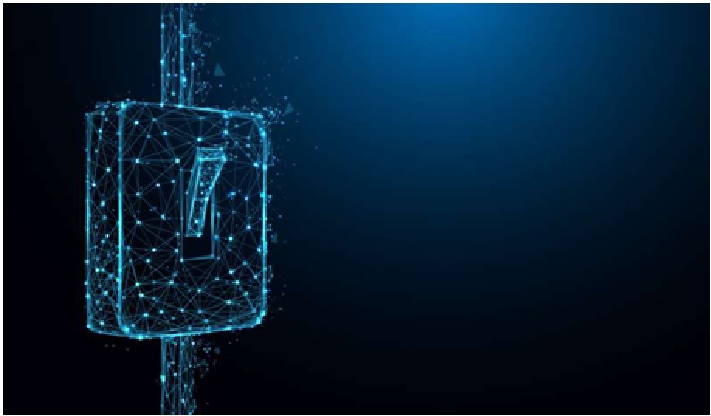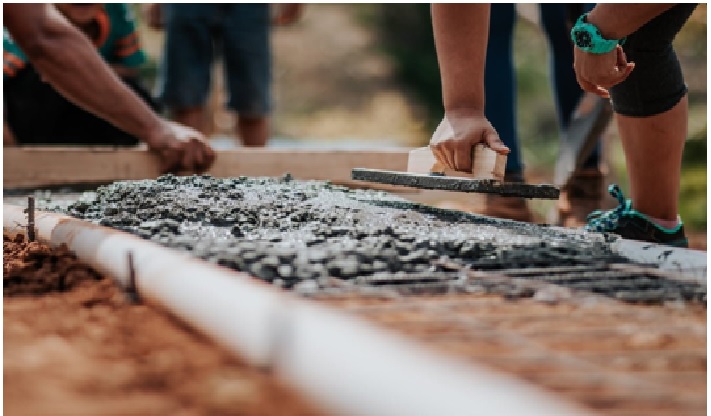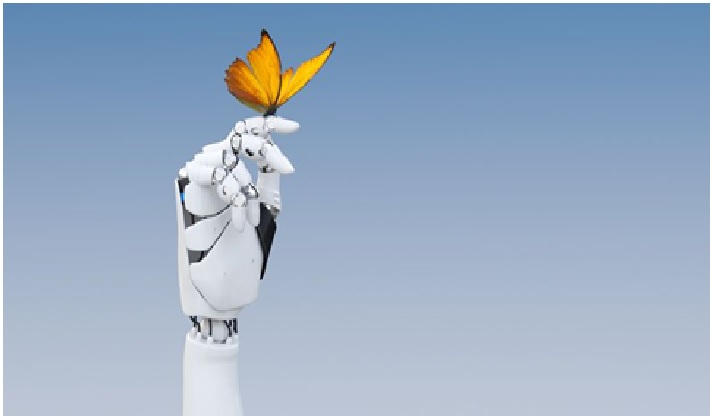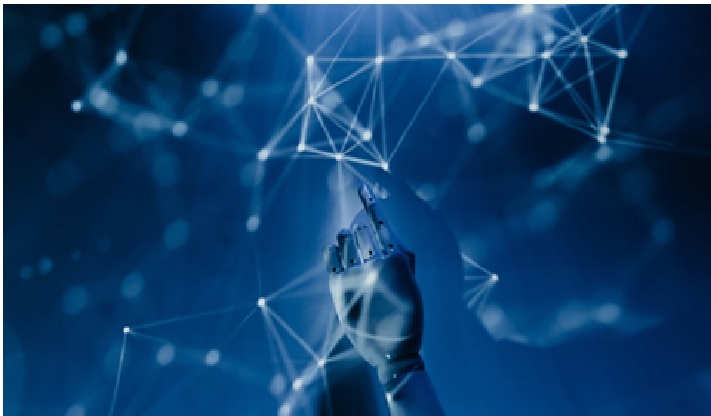New technology protects authenticity of engineered cell lines
Advances in synthetic biology and genome editing have led to a growing industry to develop customized cell lines for medical research. These engineered cell lines, however, can be vulnerable to misidentification, cross-contamination and illegal replication.
A team of University of Texas at Dallas researchers has developed a first-of-its-kind method to create a unique identifier for each copy of a cell line to allow users to verify its authenticity and protect the manufacturer's intellectual property (IP). [1]

Figure 1. New technology protects authenticity of engineered cell lines
Figure 1 shows custom cell lines are used in the development of vaccines and targeted therapies for a range of diseases. The global cell-culture market is projected to reach $41.3 billion by 2026, an increase from $22.8 billion in 2021, according to a forecast by market research company Markets and Markets.
The UT Dallas engineers' research to develop unique identifiers for genetically engineered cells was inspired by what are called physically unclonable functions (PUFs) in the electronics industry. A PUF is a physical characteristic that can serve as a unique "fingerprint" for a semiconductor device such as a microprocessor. [2]
Initially, a five-nucleotide barcode library was placed in a part of the cell’s genome called the secure port, where modification would not harm the cell. However, single barcodes do not provide the three characteristics of PUFs. In the second stage, the researchers used the gene-editing tool CRISPR to cut DNA near the barcode.
These first-generation CRISPR-engineered PUFs provide researchers with tools to confirm that cells are produced by a particular company or laboratory, a process called origin certification. With additional research, engineers aim to develop a method to track the age of a particular copy of the cell line. [3]
“Companies that build cell lines are making a huge investment,” Bleris said. “We need a way to differentiate between 1,000 copies of the same product. Even though the products are identical, each of them has a unique identifier, which cannot be reproduced.”
Makris said the business of developing engineered cells is so innovative that companies are focused on monetizing their investments rather than on security and provenance attestation. He said the semiconductor industry was the same way at first until the incidents of counterfeiting and tampering highlighted the need for security measures. [4]
References:
- https://phys.org/news/2022-06-technology-authenticity-cell-lines.html
- https://www.sciencedaily.com/releases/2022/06/220606134429.htm
- https://getaboutcolumbia.com/new-technology-protects-the-authenticity-of-engineered-cell-line
- https://newsfounded.com/the-new-technology-protects-the-authenticity-of-engineered-cell-lines-2
Cite this article:
Thanusri swetha J (2022), New technology protects authenticity of engineered cell lines, AnaTechMaz, pp.160


